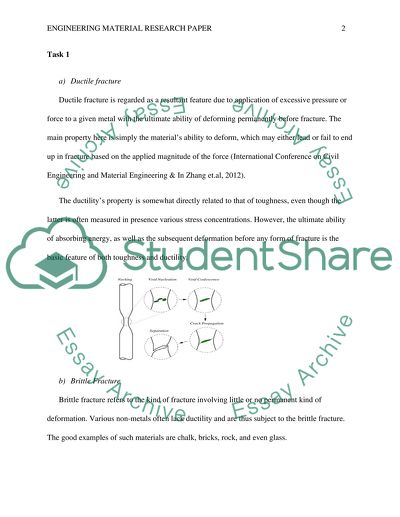Cite this document
(“Engineering Material: Ductile, Brittle, Fatigue, Creep Assignment”, n.d.)
Engineering Material: Ductile, Brittle, Fatigue, Creep Assignment. Retrieved from https://studentshare.org/engineering-and-construction/1695444-the-engineering-material
Engineering Material: Ductile, Brittle, Fatigue, Creep Assignment. Retrieved from https://studentshare.org/engineering-and-construction/1695444-the-engineering-material
(Engineering Material: Ductile, Brittle, Fatigue, Creep Assignment)
Engineering Material: Ductile, Brittle, Fatigue, Creep Assignment. https://studentshare.org/engineering-and-construction/1695444-the-engineering-material.
Engineering Material: Ductile, Brittle, Fatigue, Creep Assignment. https://studentshare.org/engineering-and-construction/1695444-the-engineering-material.
“Engineering Material: Ductile, Brittle, Fatigue, Creep Assignment”, n.d. https://studentshare.org/engineering-and-construction/1695444-the-engineering-material.


